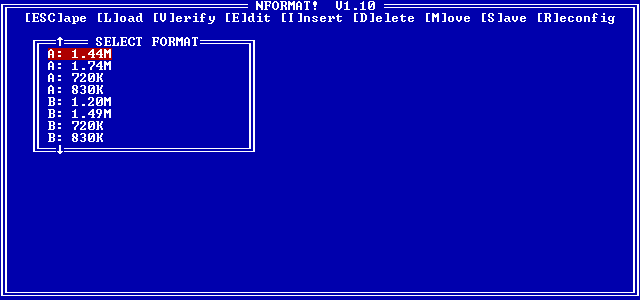
Floppy disks are read and written by a floppy disk drive (FDD).įloppy disks, initially as 8-inch media and later in 5¼-inch (133 mm) and 3½-inch (90 mm) sizes, were an ubiquitous form of data storage and exchange from the 1970s into the 2000s. While floppy disk drives still have some limited uses, especially with legacy industrial computer equipment, they have been superseded by data storage methods with much greater data storage capacity and data transfer speed, such as USB flash drives, memory cards, optical discs, and storage available through local computer networks and cloud storage.A floppy disk, also called a floppy, diskette or just disk, is a type of disk storage composed of a disk of thin and flexible magnetic storage medium, sealed in a rectangular plastic enclosure lined with fabric that removes dust particles. Some individuals and organizations continue to use older equipment to read or transfer data from floppy disks.įloppy disks were so common in late 20th-century culture that many electronic and software programs continue to use save icons that look like floppy disks well into the 21st century, as a form of skeuomorphic design. USB drives for 5¼-inch, 8-inch, and other-size floppy disks are rare to non-existent.

3½-inch floppy disks can still be used with an external USB floppy disk drive. Subsequently, the 5¼-inch and then the 3½-inch became a ubiquitous form of data storage and transfer into the first years of the 21st century.

The first floppy disks, invented and made by IBM, had a disk diameter of 8 inches (203.2 mm). 8-inch, 5 + 1 ⁄ 4-inch, and 3 + 1 ⁄ 2-inch floppy disks 8-inch, 5 + 1 ⁄ 4-inch (full height), and 3 + 1 ⁄ 2-inch drives A 3 + 1 ⁄ 2-inch floppy disk removed from its housing


 0 kommentar(er)
0 kommentar(er)
